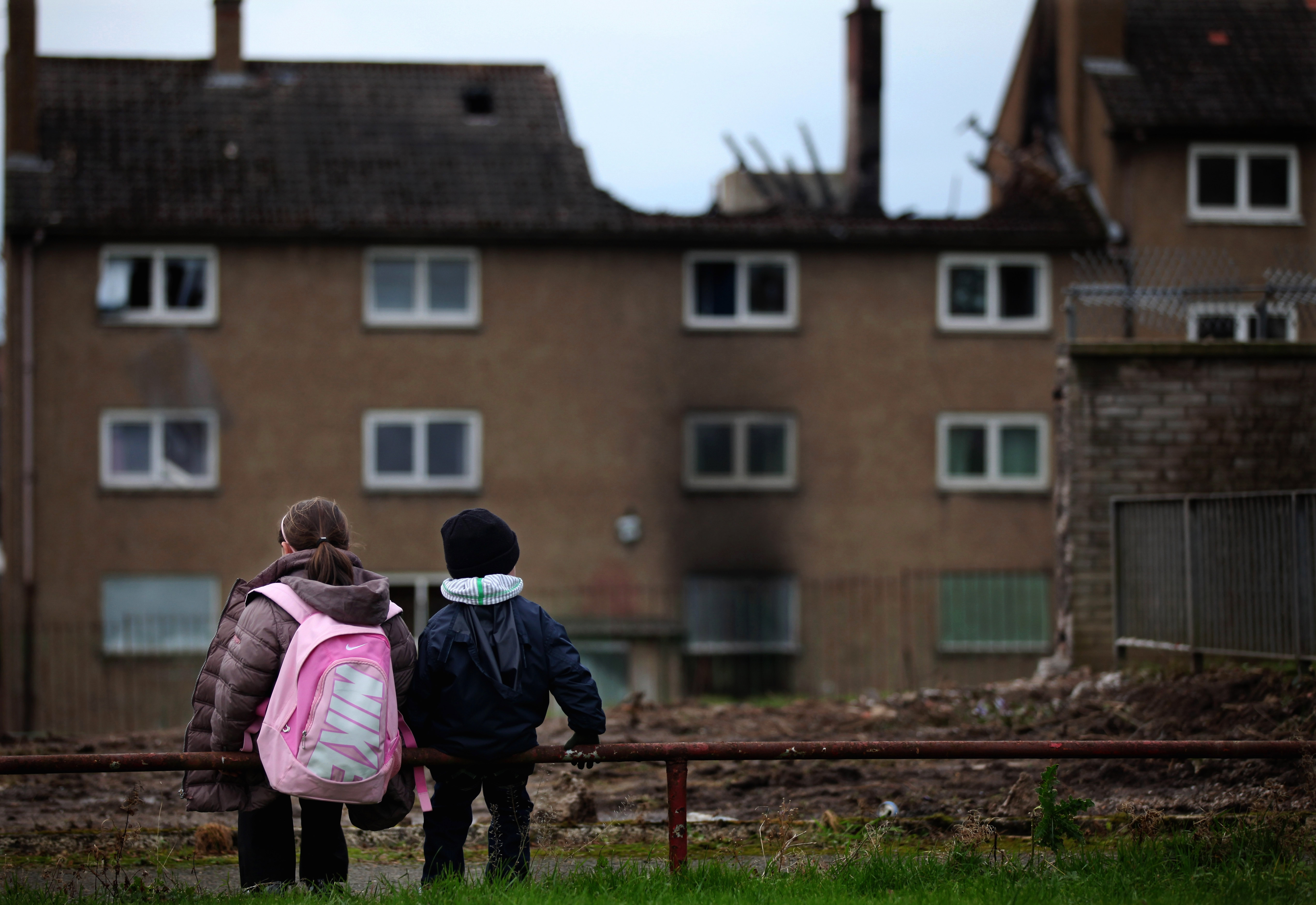Myths endure forever. Take, for instance, the myth that Scotland is a more equal, egalitarian, kind of place than England. It is an idea much-cherished north of the border and a stubbornly persistent one too. Helpfully, it’s also resistant to evidence, allowing Scots to maintain the pretence that, as the late John Smith once (complacently) put it, ‘The Scots are a more moral people‘.
Awkwardly, however, it’s better to be poor in England than in Scotland. At least that’s one conclusion to be drawn from today’s Guardian report on the background of university medical students. While 54 percent of Scottish medical students are from the wealthiest 20 percent of postcodes, just (a relative term, to be sure) 38 percent of English medical students are from similarly advantaged communities.
Moreover, twice as many English students come from the poorest 20 percent of postcodes as is the case in Scotland. True, even in England this only amounts to 8.7 percent of students and true, too, some of this difference may be attributed to the greater likelihood of these children being the offspring of ambitious (and well-educated) immigrants. Nevertheless, that 8.7 is twice the Scottish figure of 4.3 percent. (Wales, for the record, comes in at 6.5 percent.) What use is ‘free’ university tuition to people who have no chance of getting to university?
I suppose some people will blame the universities for this abject state of affairs. But they can only do so much and there is little they can do to make allowances or bend admissions standards to assist would-be students applying from unprepossessing backgrounds. Last year in Scotland, only 338 pupils from the least affluent 20 percent of postcodes achieved even three A grades at Higher – a mark, it should be noted, that would not be sufficient to earn a place at a leading medical school.
Edinburgh University, for example, requires applicants to have passed at least five Highers by the end of S5. But in Glasgow only one in five state-educated pupils leaves school with five Highers and a considerably smaller percentage achieve those grades by the end of S5. Vanishingly few state-educated pupils, then, even have a realistic chance to apply to medical school and there isn’t a single state-run* school in the city from which a majority of pupils leave with five Highers in their pocket; in ten percent of Glasgow’s secondary schools no-one reaches that level. If you grow up in Govan or Easterhouse you will not become a doctor.
The Scottish government boasts that 90 percent of school leavers move on to what it coyly terms ‘positive destinations’ but the government’s own figures also show that 30 percent of school leavers depart without reaching SCQF level 5 in literacy and 40 percent fail to reach level 5 in numeracy. Level five is the equivalent, it should be noted, of a GCSE at grades A-C.
Nicola Sturgeon, unlike her predecessor, has at least come to appreciate that this is a sub-optimal state of affairs. That’s worth one cheer. Fairness also demands that although the SNP have been in power for nearly a decade they are not the only party responsible for this rotten, shameful, state of affairs. Glasgow city council has been a Labour fiefdom for decades and though it is hard to remember this now, Labour were once in power at Holyrood too. (Those days will not be seen again for many a year.)
Nevertheless, the myths remain potent. The Scottish system is different; therefore it is also better. But if that was true once, it is no longer obviously true now. And, as always, the people who are failed by the smug and complacent assertion of moral superiority are the people who most need to be served by a system that is, by the government’s own figures, no longer ‘fit for purpose’. It is the poor who suffer even as universities take the rap and are asked to make bricks without straw.
Ms Sturgeon asks that she be judged on her record. That seems like a good idea. But the reckoning should not be limited to the SNP. It should include local authorities and the entire Scottish educational establishment. There are guilty parties all across the system.
Myths can be dangerous things.
*Jordanhill, from which 75 percent of leavers graduate with five Highers, is not run by the local authority. It is a Free School in all but name and, also, the highest-achieving state-funded school in Scotland.








Comments